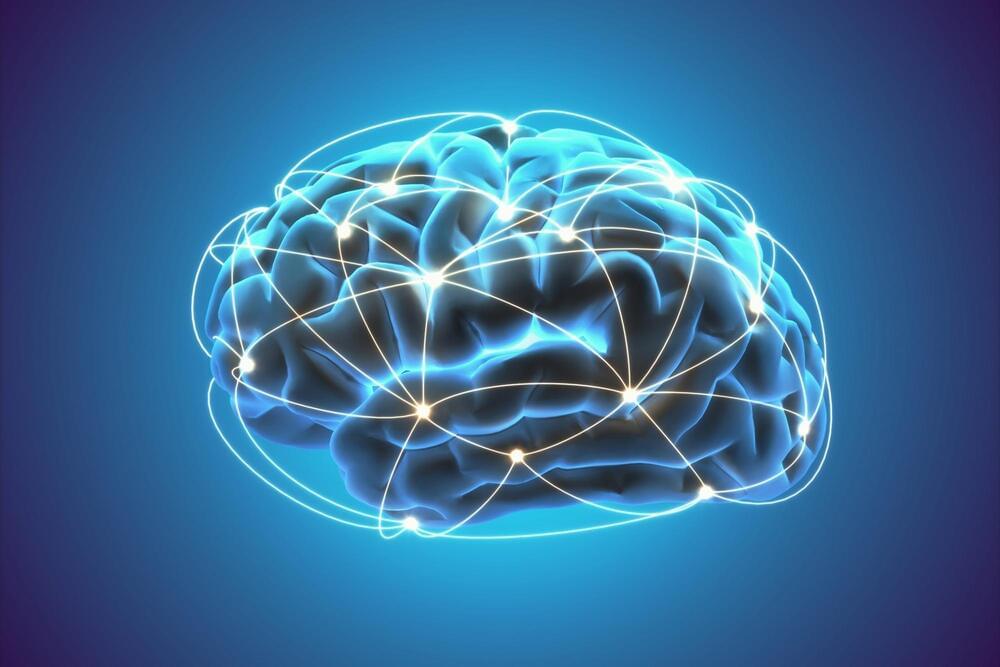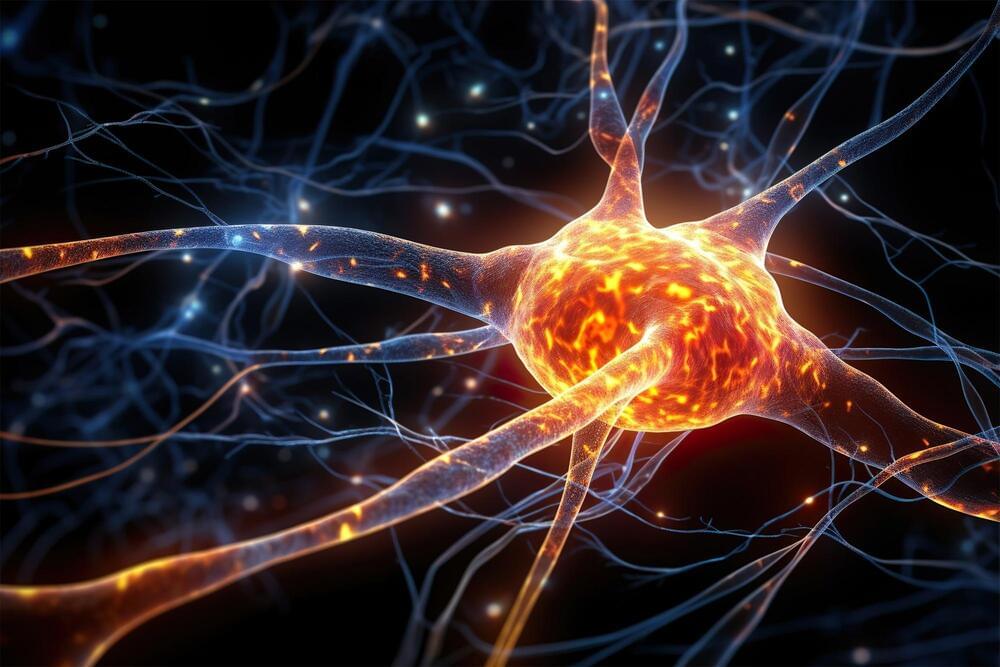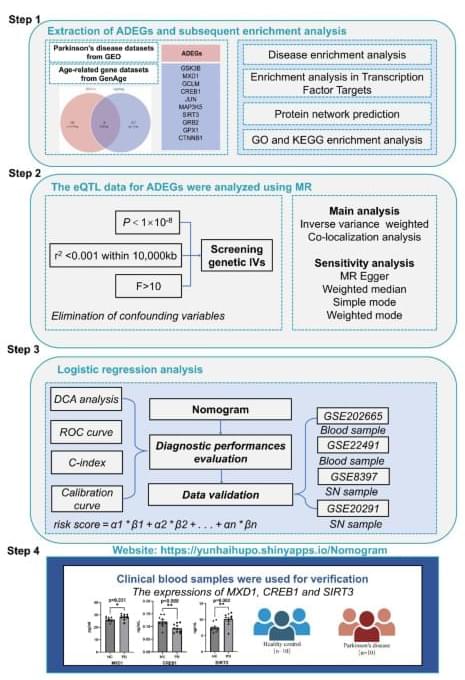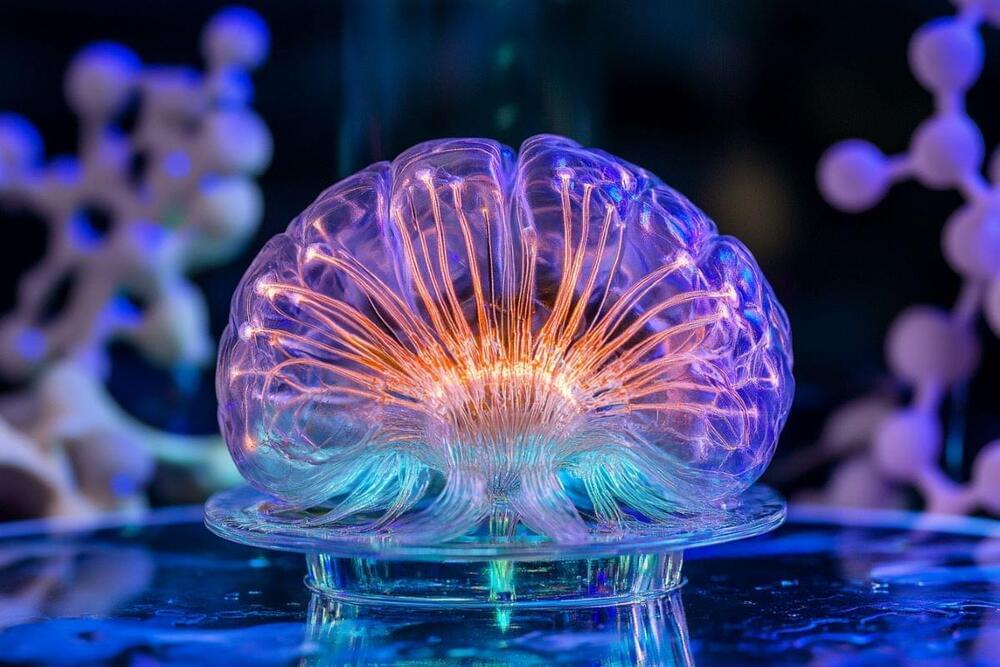M
The human brain is the central control organ of our body. It processes information received through the senses and enables us, among other things, to form thoughts, make decisions and store knowledge. Given everything our brain is capable of, it seems almost paradoxical how little we actually still know about it.
Among those who are on the trail of the most complex and complicated organ are Jonas Thiele and Dr. Kirsten Hilger, head of the “Networks of Behavior and Cognition” working group at the Department of Psychology I at the Julius Maximilian University of Würzburg (JMU). Their latest study was recently published in the journal PNAS Nexus: “Choosing explanation over performance: Insights from machine learning-based prediction of human intelligence from brain connectivity.”
To do this, the researchers used data sets from a large-scale data-sharing project in the USA — the Human Connectome Project. Using fMRI — an imaging method that measures changes in brain activity — over 800 people were examined, both at rest and while they were performing various tasks.
The team led by Würzburg researchers looked at various connections that reflect the strength of communication between brain regions and made predictions about the intelligence of the test subjects based on these observations.
“There are already many such predictive studies and they achieve quite good prediction results,” says Kirsten Hilger. However, the psychologist questions their deeper meaning, since the predictions would never be as accurate as the results of an intelligence test. “We therefore wanted to move away from pure predictions and instead better understand the basic processes in the brain. We hope that this will give us a better understanding of the neural code of individual differences in intelligence.”
Kirsten Hilger hopes that colleagues will follow suit and that more studies will be designed in the future that will improve the conceptual understanding of human cognition with a focus on interpretability.







